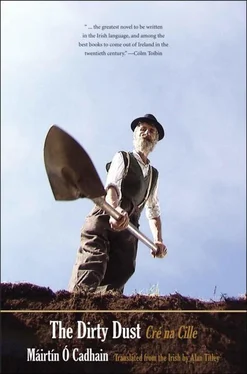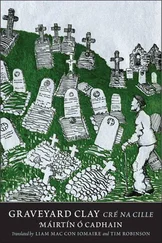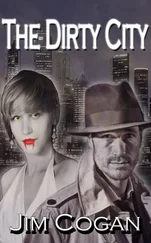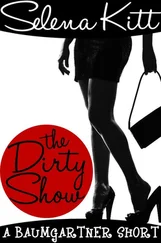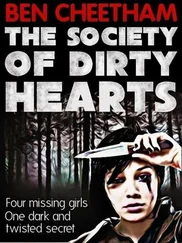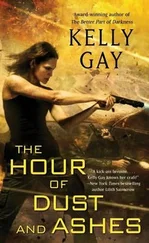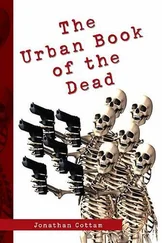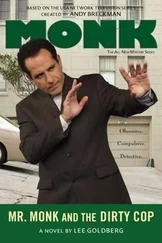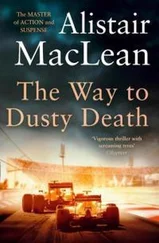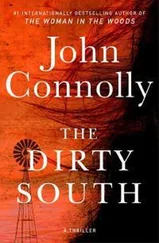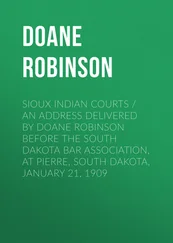Máirtín Ó Cadhain was born in 1906 in a completely Irish-speaking area. He said that he never heard English spoken until he was six years of age. He trained as a primary schoolteacher in Dublin and taught in various schools throughout Connemara and east Galway. He became involved in illegal republican politics and in community activism and was dismissed from his position as a teacher after a row with the parish priest in 1936. He had already begun to write stories and translated a really bad novel by Charles Kickham for An Gúm, which is best described as a government publishing house. He moved to Dublin in search of employment but continued his republican activities.
Shortly after the outbreak of the Second World War he was imprisoned without trial in an internment camp which the then government had put aside especially for dissenters. Although he had one book of stories published in 1939, it is claimed that his years of imprisonment were his real education as a writer. His letters show that he read voraciously and wrote furiously. It is no surprise, then, that his first great burst of creativity took place immediately after the war, the period in which this novel was written.
He was a prodigious writer, with five collections of short stories published during his lifetime and another after his death. His collected works include novels, stories, lectures, letters, polemics, political tracts, history, translations, satires, and other writings which are entirely unclassifiable. Having worked at various slave labour jobs, he was appointed to a lectureship in Irish in Trinity College Dublin because of his deep and abiding knowledge of literature garnered from tireless reading and his almost unsurpassed knowledge of contemporary Irish speech. He eventually was appointed to the Chair of Irish in the same university the year before his death.
The Dirty Dust should best be read as a symphony of voices, although a cacophony of voices might be more appropriate. It is at turns a series of monologues, which can become duologues, rise up to vindictive diatribes and fade out at judicious and injudicious moments. There is a narrative, but you have to listen for the threads. There is more than one story, but they are all interrelated. We have to suss out what each person is saying according to each’s own obsession — a phrase can tell us who is talking — or each’s one singular moan, or each’s big bugbear like a signature tune. It is like switching channels on an old radio, now you hear this, and then you hear this other. Once you get the knack, the story rattles on with pace. It was natural for it to be made into a hugely successful radio play; it has also been staged several times, and even more surprisingly, it has been made into a darkly comic film.
The novel is also replete with references to Irish storytelling traditions, to mythology, to sagas, and to songs, which were all part of the common discourse. Indeed, there are verses of songs thrown in which were often meant to be extempore. One person would cast out a few lines as a challenge, and another person had to answer them. This was all normal in the community, whereas nowadays people’s points of reference may well be TV shows or the doings of some flash celebrity. The mental furniture of another time and a different place is never easily transferred, but we must at least recognise it for what it is.
The main character, if it can be said that such exists, is Caitriona Paudeen. She is not a woman you would have liked to meet in real life, although meeting her in the next would be just as scary. If she has a love of her life it is well hidden, but the hatred of her life is her sister, Nell. Their bitterness sweetens the story throughout. Everyone in the community is dragged into this hatred, old sores are opened, old scores are maintained, and permanent grudges are given new life. We are given a full picture of a closed community largely indifferent to the outside world, a picture with warts and more warts, but we are also energised by their wonderful and beautiful and terrible and gruesome and magic humanity.
It should not be thought that this was Ó Cadhain’s only view of life in his community. His choice to write in this fashion was an artistic one, while many of his other stories dealing with the traditional life from which he came can be tender, tragic, and sensitive. While many of the women in The Dirty Dust are savage amazons, much of his writing is concerned with the personal and societal entrapment of women, either in economic slavery, or in barrenness, or having lost children. He knew well the price of poverty and the crushing of the human spirit that it often brought.
Translating this novel into English was a linguistic challenge. Translating the simplest story is a huge challenge, as languages are not algebraic equations. There has not been much modern Irish prose translated into English or into other languages, and some of what has been translated has been rendered into Anglo-Irish Synge-like gobbledegook. While this may have its own charm for some, it makes its Irish speakers sound like peasants and idiots and simpletons and clodhoppers. The Irish speakers of Irish Ireland were just as normal and as intelligent and as thick as the people of any other community, ever. I felt that the tradition of making good Irish people speak like bog trotters, hayseeds, and hillbillies should be avoided. There is also the added difficulty that what we used to call Hiberno-English is now as dead as the diplodocus. Whatever the parlous state of the Irish language, which has been under unrelenting pressure for hundreds of years, it has far more life in it than the fag ends of the peculiar way English used to be spoken in Ireland. Apart from a phrase here and there, English in Ireland is as undistinguishable as English in the U.S. or the U.K., and even the erstwhile pronunciation of many Irish people is being rapidly smoothed out by contact with our betters.
On the other hand, to use some version of sub — Jane Austen — like polite urbanities and words of pleasantly standardised appropriateness would be a total denial of the energy and manic creativity of Ó Cadhain’s prose. Is not the word “appropriate” the most disgusting word in the entire English language? It means no more than that snobby people do not like unsnobby things. The challenge was to get some of the tone and vivacity of the original across without seeming too bizarre. English is a much standardised language with a wonderful and buzzing demotic lurking beneath. I tried to match the original Irish common speech with the familiar versions of demotic English that we know, mixing and mashing as necessary, and even inventing when required. But slang is always a trap. The more hip you are, the sooner you die. Language changes unsubtly from one half-generation to the under-ten-year-olds just coming after. There is no imaginable way to keep up with the whirl of changing language. Irish is no different, and much of the Irish of The Dirty Dust in the original would be incomprehensible and even weird to many native Irish speakers now. That Irish, after all, was the Irish of a generation born in the nineteenth century, when knowledge of English was minimal, and is a language much changed today, when nearly all of its speakers are bilingual.
There are some constants within this change, however. The characters in The Dirty Dust call to one another by their names, as this is far more common in Irish than in English. A familiar halloo is commonly greeted by using someone’s name. I have tried to follow this, but have on occasions left it out, as it would appear tiresome and unnatural. Likewise there is much that might be seen as “bad language.” As someone who fervently believes that there is no such thing as bad language except that which is tired and dull and clichéd going forward outside the box, the language of The Dirty Dust pulsates with energy and brio and gutsiness. It is full of creative curses and inventive imprecations. If one objects to some of the crudity from a linguistically puritanical point of view, it should be remembered that the most common curses in Irish derived from the “Devil” himself, and to those who believed in him and his works and pomps, this was far worse than any “fuck” or “shit”’ or their attendant pards. “Damning” someone to the horrors of Hell for all eternity was probably the worst that you could do. Modern “bad language” is a mild and ghostly shadow of the serious stuff of the past.
Читать дальше
